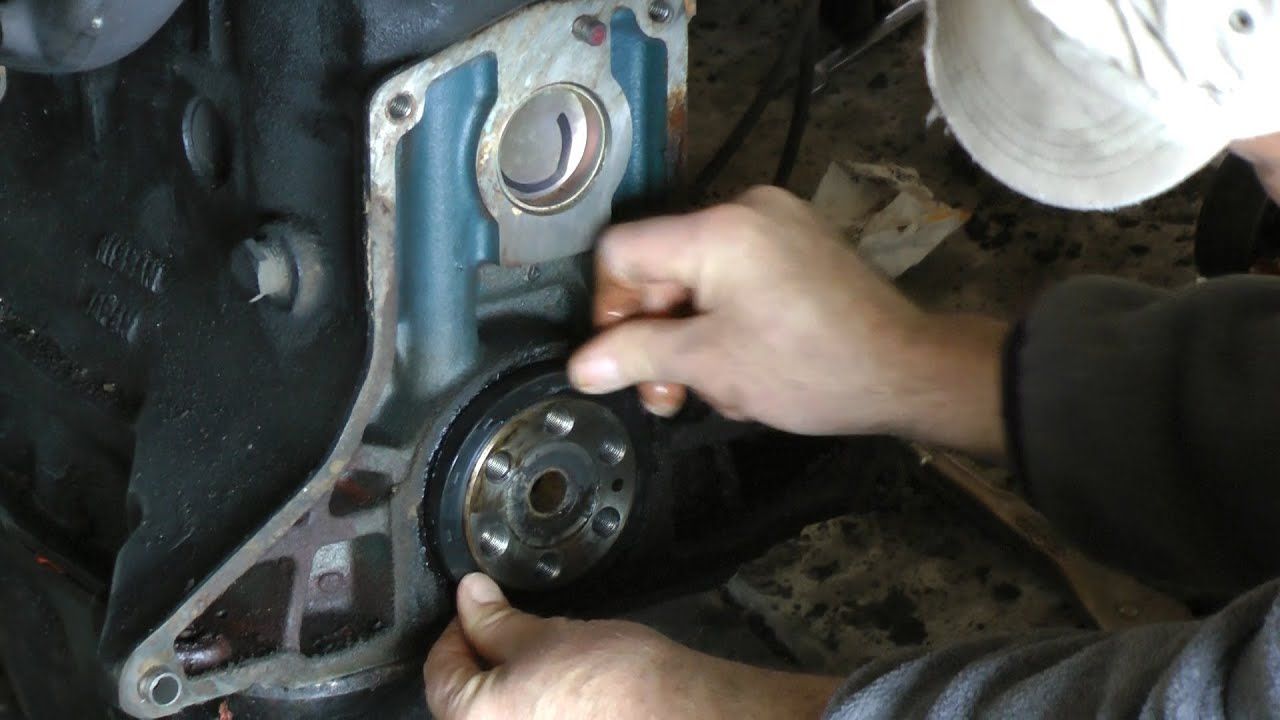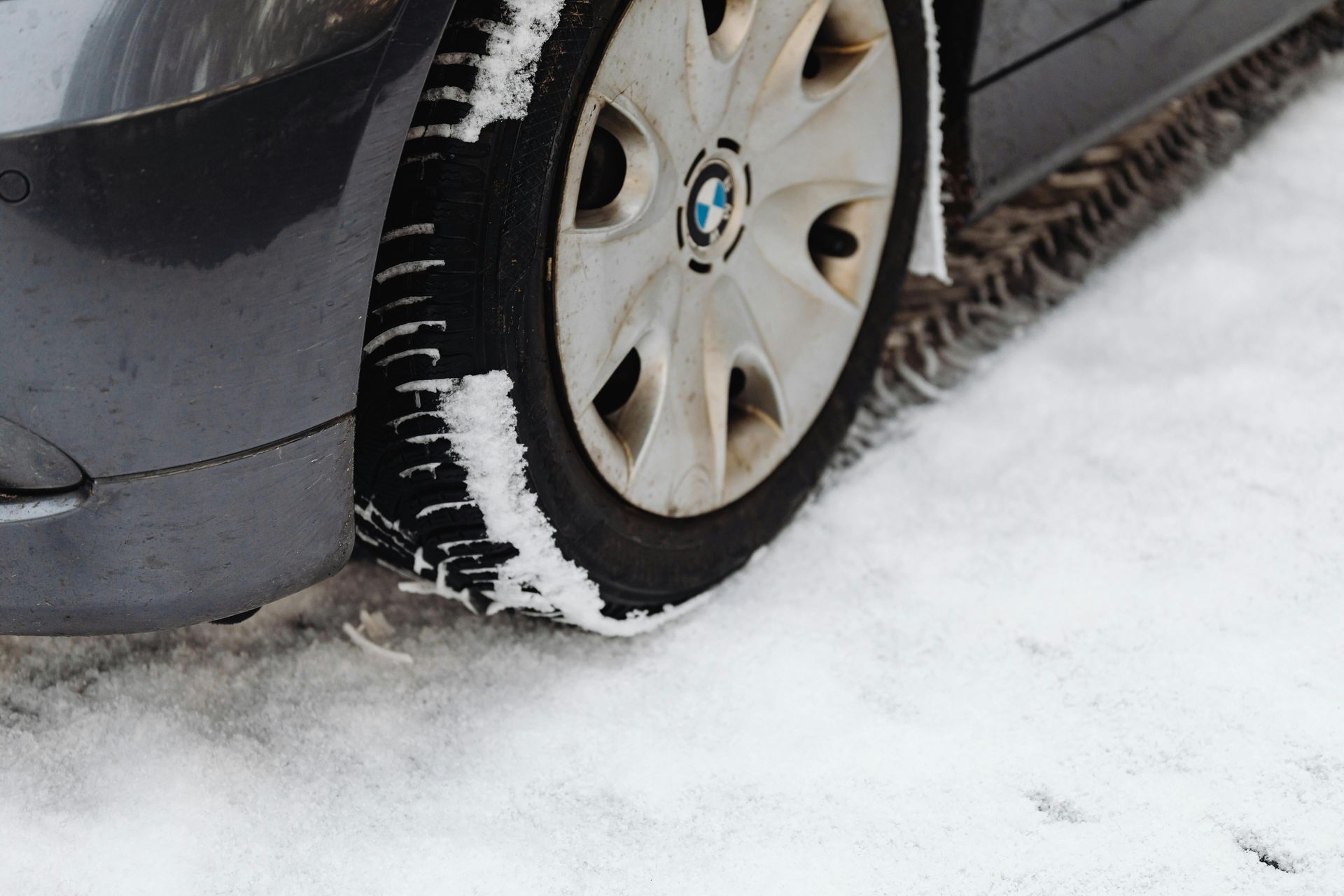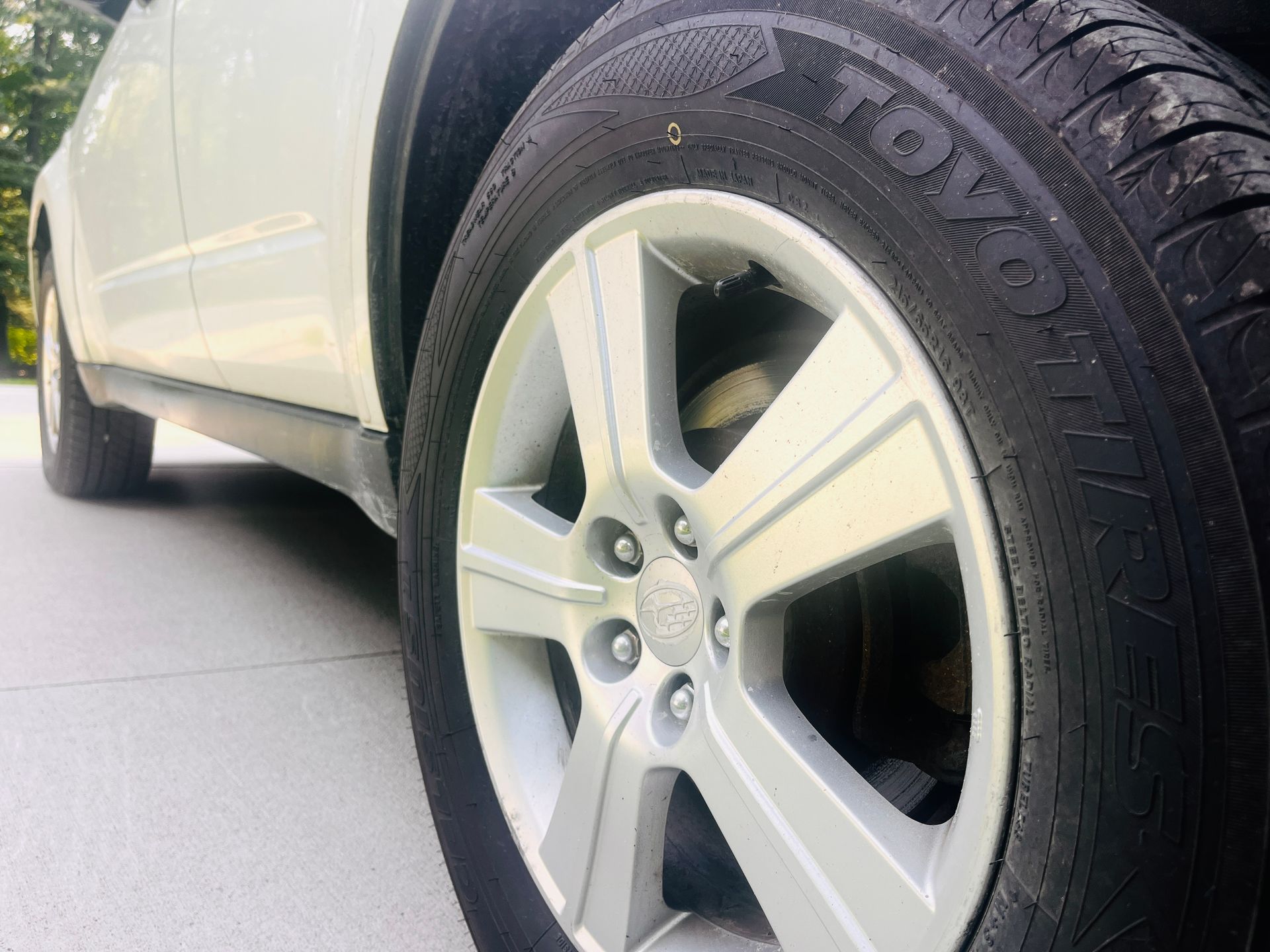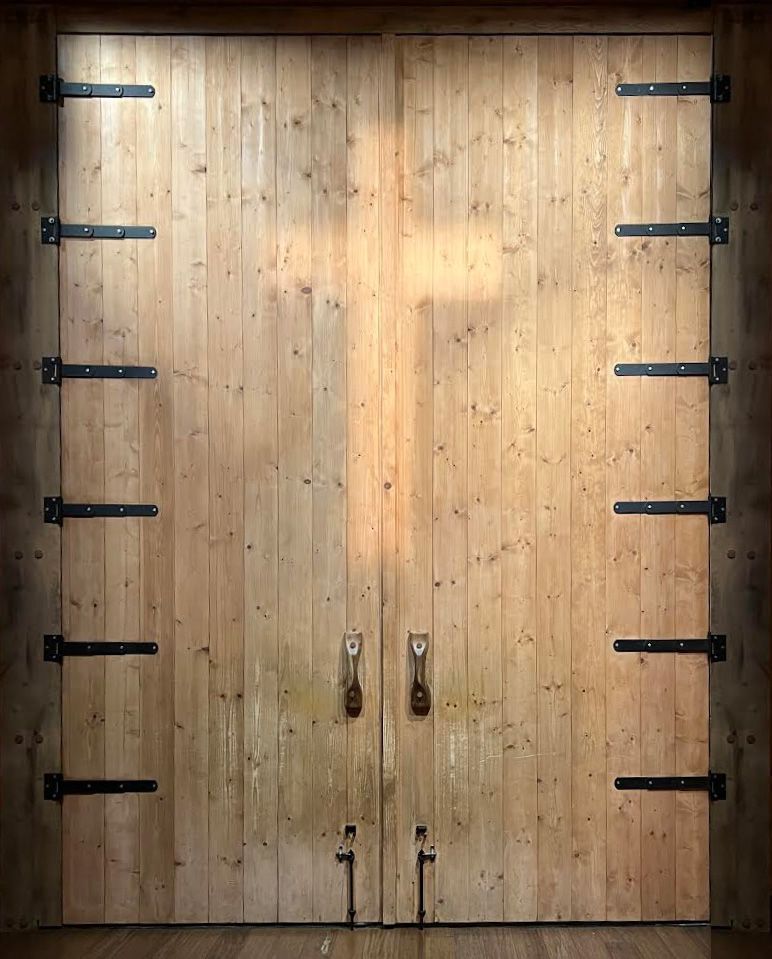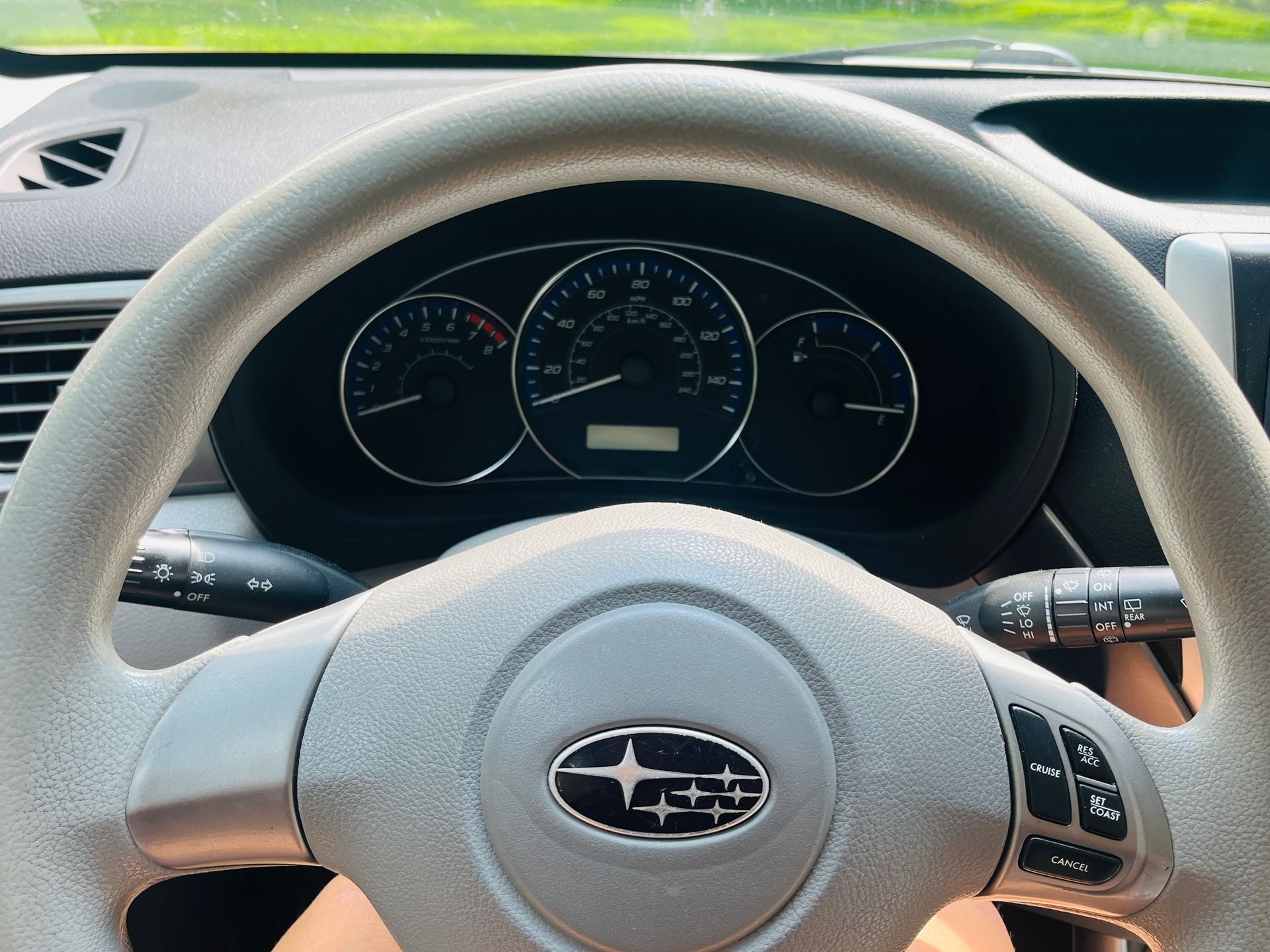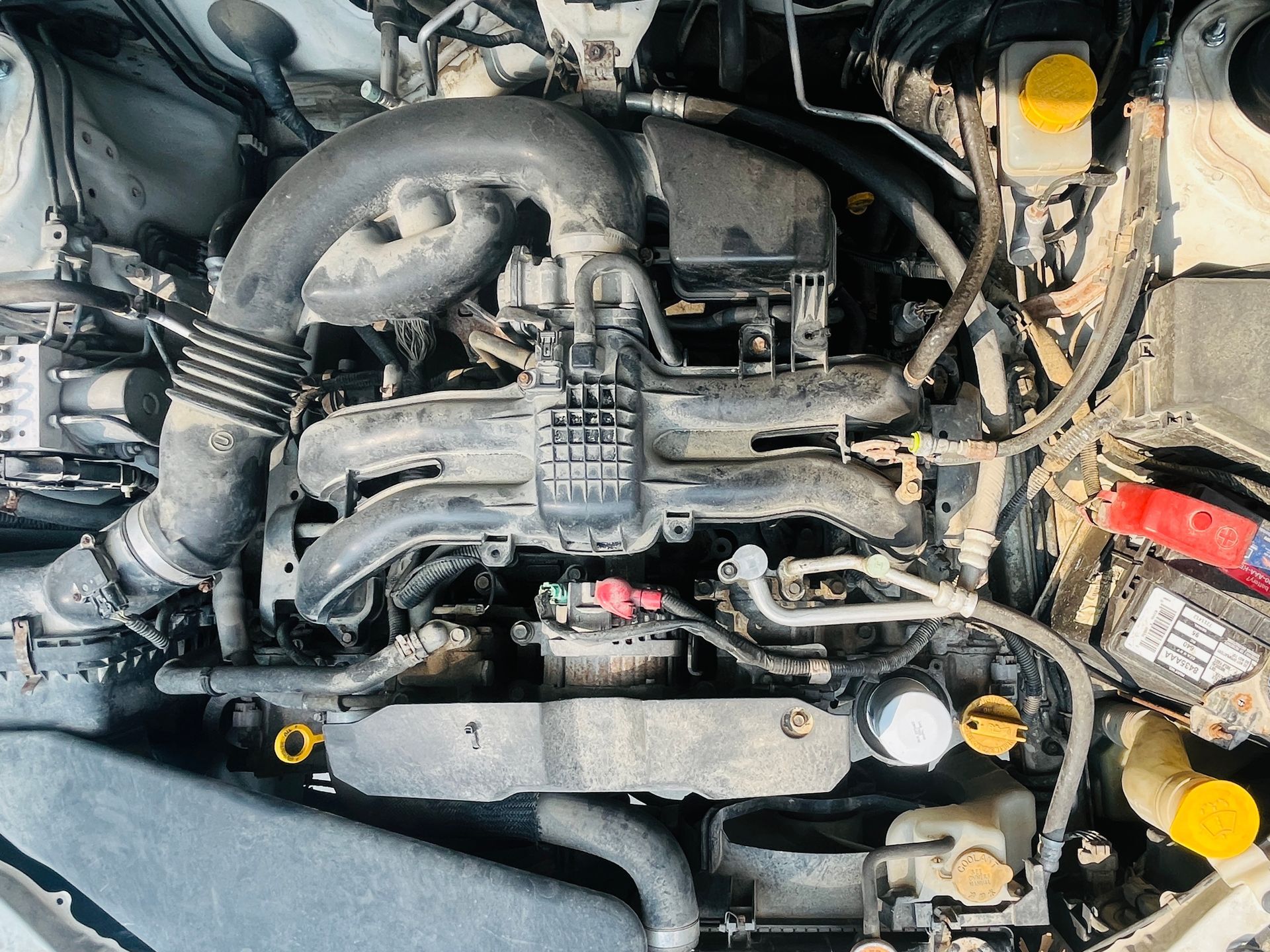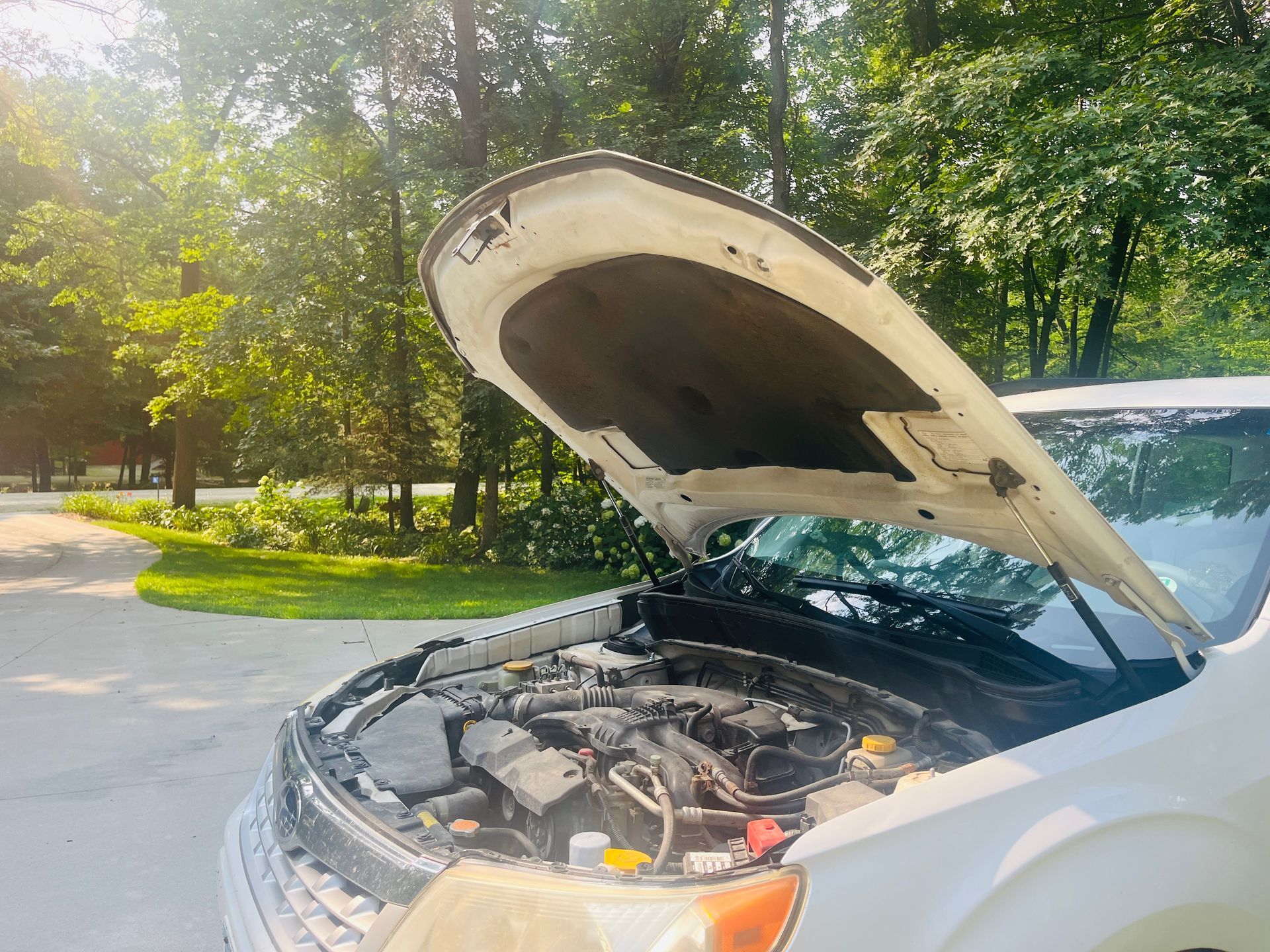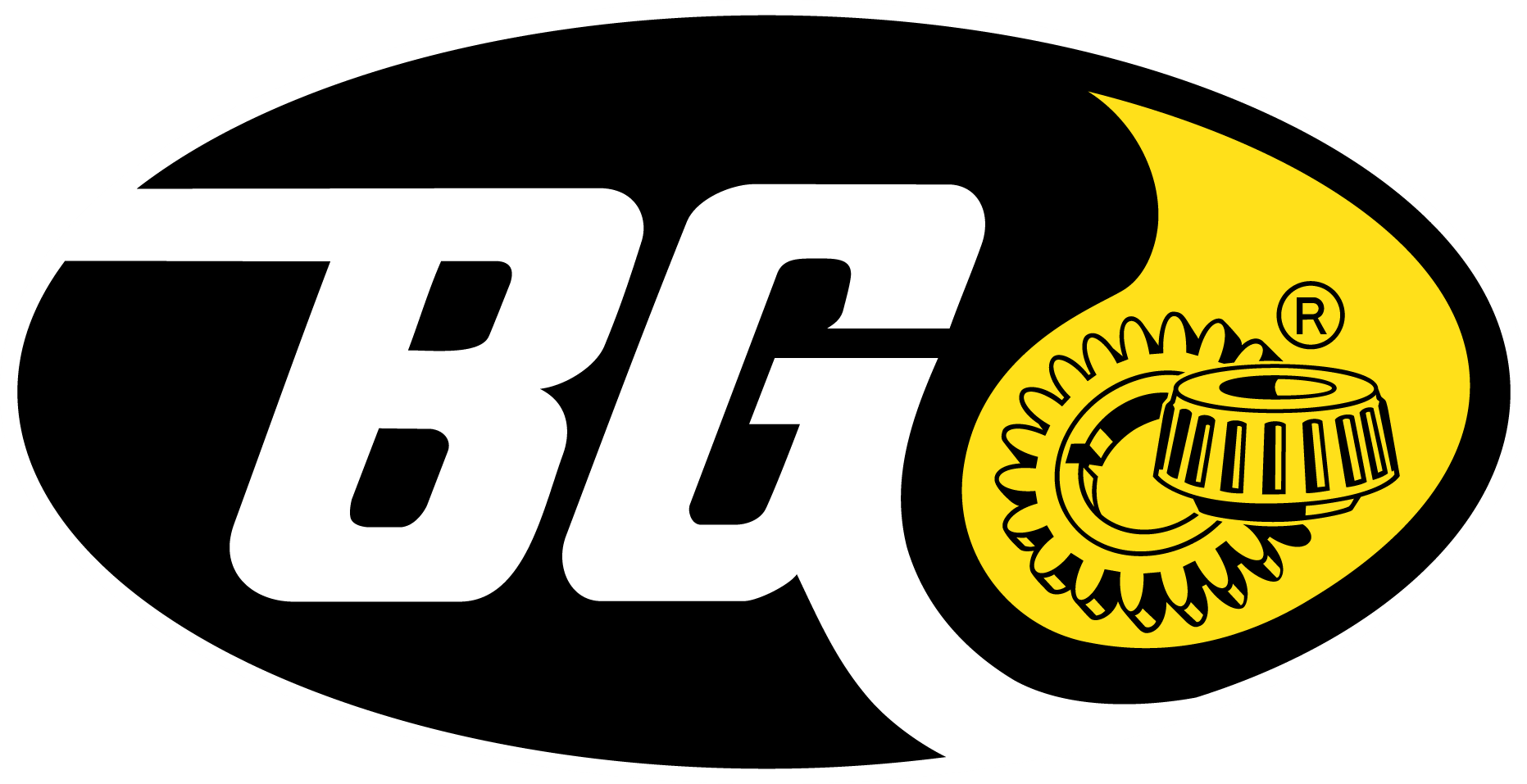Bald is not beautiful
December 1, 2016
How many times in the last six months have you heard or said the names “Hillary Clinton” and/or “Donald Trump”? In five short days, one of these candidates will be one of the most popular names said in the four years to come. Have you made a final decision of who you will vote for? Are you casting your ballot because of the morals and values of the person you want or are you voting because you want to hinder a candidate with questionable character from taking the Presidential office? No matter your intent, it is very important that your voice is heard and you exercise your right to vote next week.
Enough talk of those potential presidents for now. Let’s talk about two historical Presidents that made their way onto our currency—Lincoln and Washington. Can you take a guess of how these two fellas and their corresponding coins have anything to do with the automotive industry in our day and age? It’s simple … they can help determine when to replace your tires!
With a warmer than normal autumn season, it’s hard to get into the mindset of the slippery wintry roads ahead. The Farmer’s Almanac is predicting an above normal snow fall in the months to come. And after the extremely rainy summer we had, I am apt to believe this prediction. Are your tires ready for what’s to come? How often do you assess their condition? Do you just look at them or do you take measurements of the tread depth to determine their state of safety?
What is tread depth?
Tread depth is the vertical measurement between the tip of the tread rubber to the bottom of the tire’s deepest groves. This is measured in 32nds of an inch. Average new tires typically start with 10/32” to 11/32”. Dedicated winter/snow tires and truck tires are deeper.
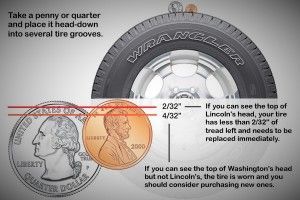
How to measure tread depth
Because it is difficult to measure the depth with a ruler, it is best measured with a tread depth gauge. You can purchase these at your local parts store such as Napa. However, this is a tool most of us don’t have on hand and really don’t plan to buy. Your auto repair shop will likely measure this for you when you take your vehicle in for service. But since they can’t measure it in between services, this is when Lincoln or Washington can come in handy.
When to replace tires
According to most states’ laws, tires are legally worn out when they have 2/32” remaining. It is against the law to drive on a tire in this condition, as it is very dangerous for you and others on the roadway—and the danger level multiplies when you have precipitation of any form. In wet conditions, 4/32” or less tread means a significant loss of traction and stopping is severely compromised at this depth due to the shallower groove and sipes (channels to improve grip). In snowy conditions, traction noticeably diminishes at 6/32”. The shallow grooves at this point limit the tire’s ability to grip and clean out snow compressed into what tread is there.
With the upcoming election, there are many concerned about the outcome based on who is chosen. This is something we cannot control! But we can, to some degree, control the safety of the passengers in our vehicle and others on the roadways by monitoring the condition of our tires frequently. Our tires are the only components of our vehicles that make contact with the road, which makes them one of the most important components for safety. As Minnesotans, no matter what the Farmer’s Almanac says, we know inclement weather is sure to come. So let’s be proactive, pull Lincoln and Washington out of your pocket or purse and assess the condition of your tires now, before the snow starts to fly.
Benefits of new tires
- Safety
Having a new set of tires will provide a cushion of safety for the next 65K-100K miles (depending on the tires you purchase). At the same time, they increase the ability to stop, go and turn safely. - Increased Performance & Traction The distance it takes for your vehicle to stop or the speed at which you can turn all depends on the quality of your tires. The way they perform in different road conditions (snow, rain, mud) depends on their compound and tread life. Most tires are performance-oriented and are made from sticky compounds with incredible tread designs, but they can vary greatly depending on brand, levels of performance, and all-season or winter tires. Make sure you choose the tire best suited for your vehicle, weather conditions, and the way you drive. Being in a state with harsh winters, you may even consider having two sets of tires and changing them out seasonally. This option will give you the best traction and performance for all conditions.
- Better Gas Mileage
The condition of your tires can drastically affect the miles you get per gallon. Worn tires with an uneven wear pattern makes your vehicle work harder to perform, which increases the use of gas. If, however, your tires have good tread depth, are mounted and balanced properly and are inflated to proper specs, you are well on your way to gas savings. Tires are an investment, so it’s best to ensure they will last as long as possible. Having new tires aligned properly and having your alignment checked every 6 months as part of your maintenance program, you’ll likely save more at the pump and get a longer life from your tires.

